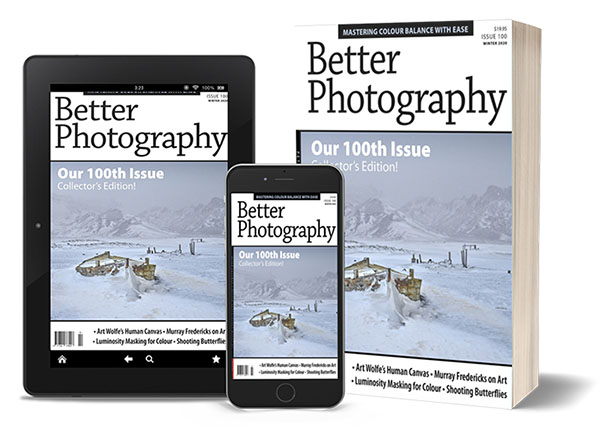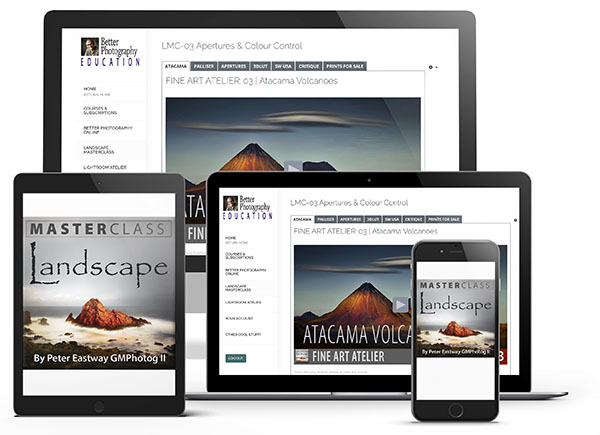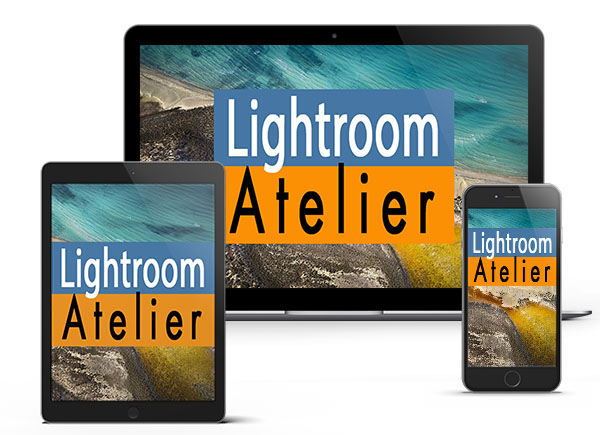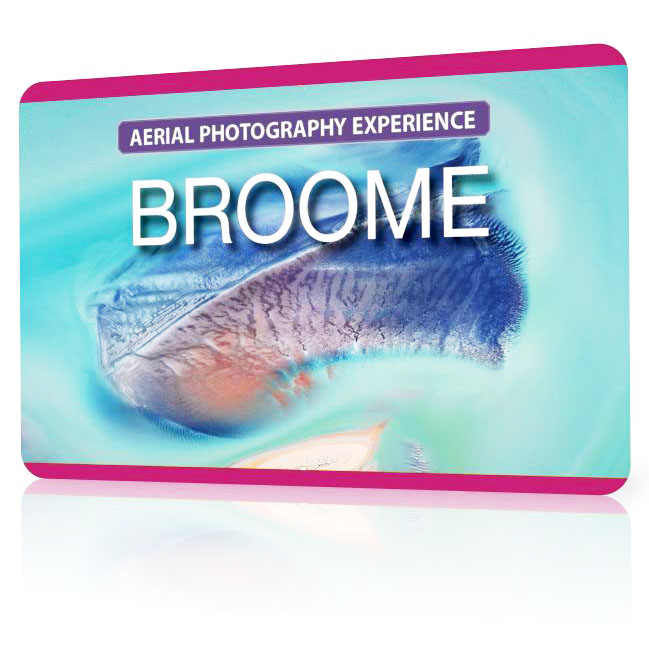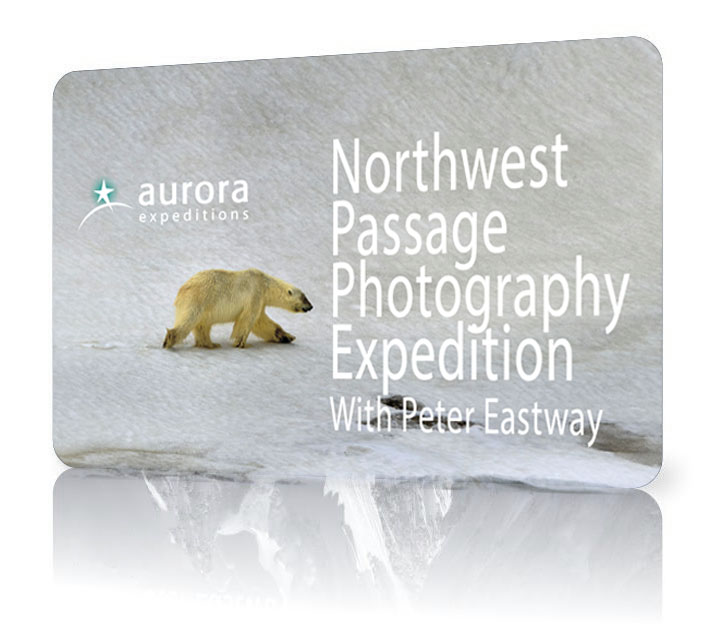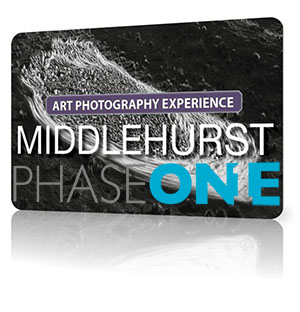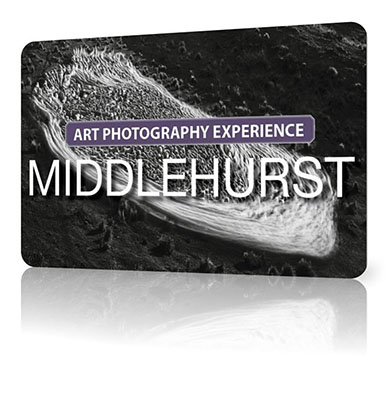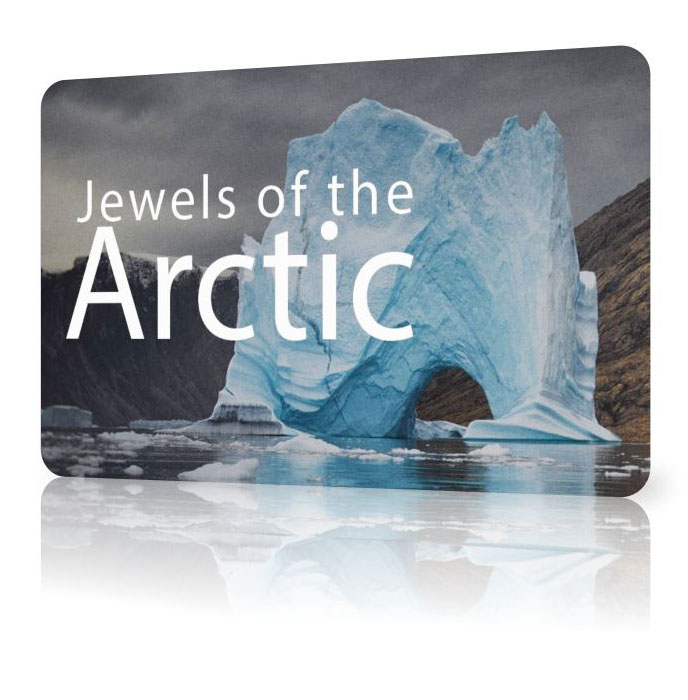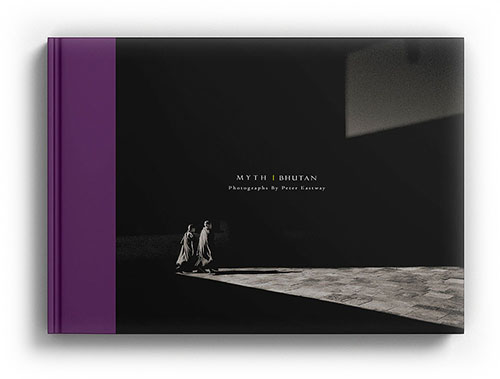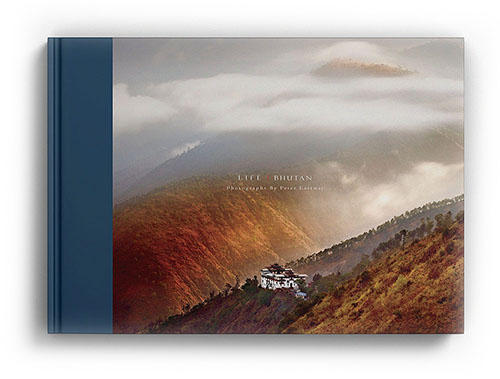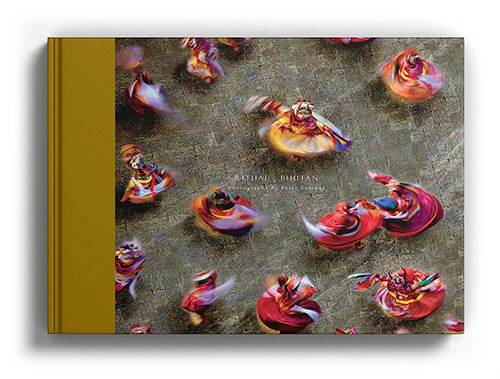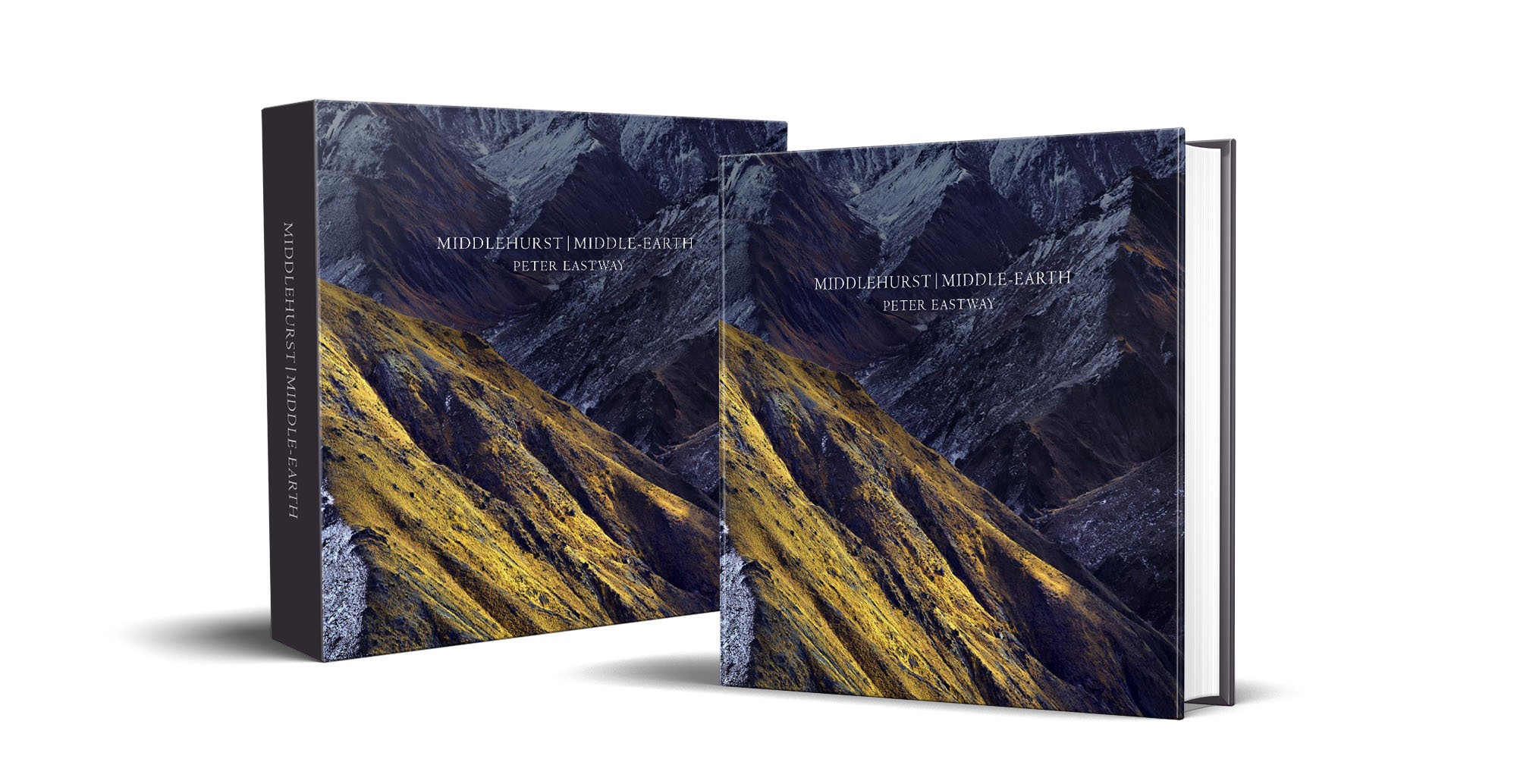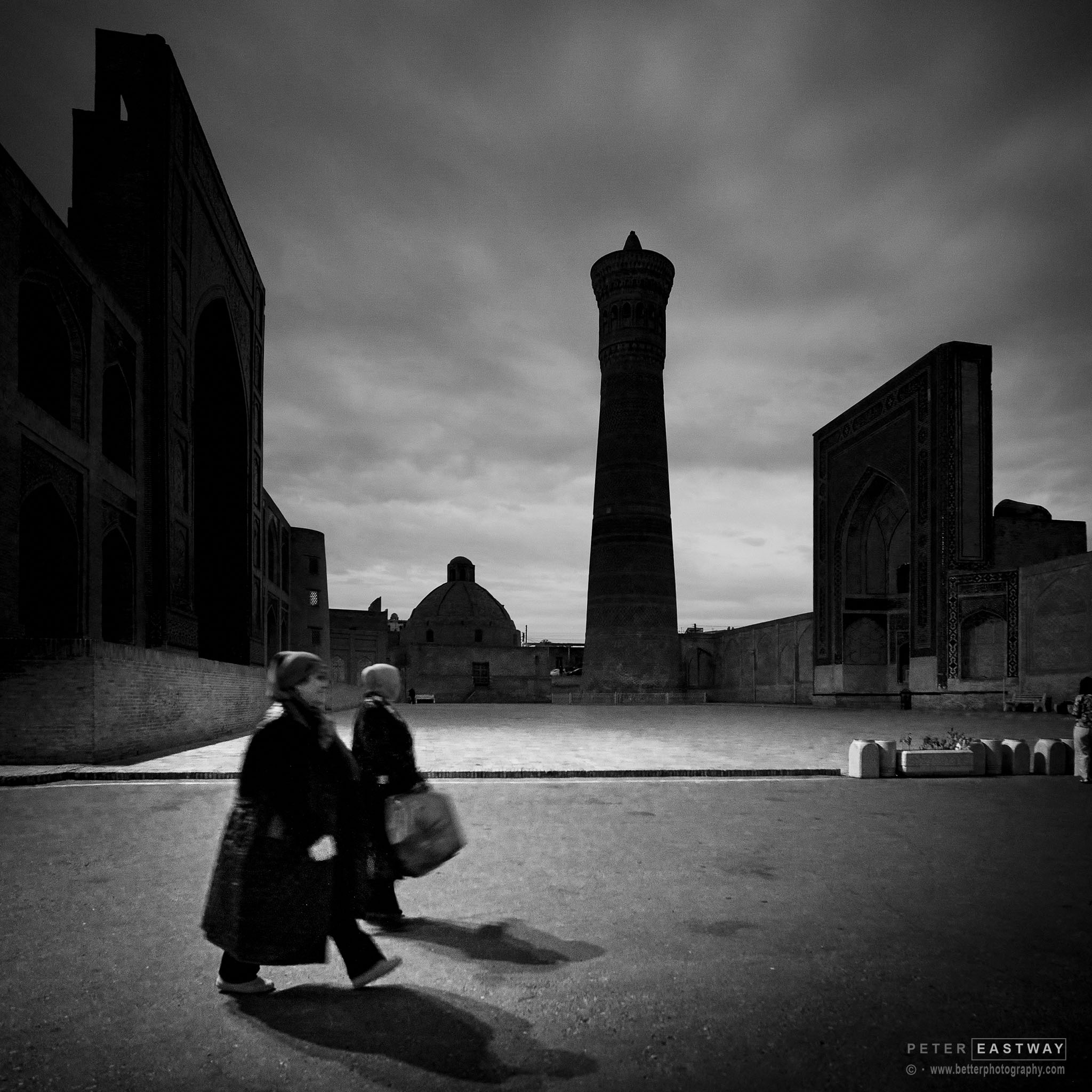Early morning in Bukhara, Uzbekistan
Fujifilm X-H2, Fujinon XF8-16mmF2.8 R LM WR, f2.8 @ 1/40 second, ISO 3200
How big is the Taj Mahal? How tall are the Rocky Mountains? How small is a Lesser Hamelins Red Breasted hummingbird (and does it even exist)? Whether we're travelling or not, subjects photographed in isolation can be ambiguous for viewers to read and left unsure of a subject's size – and sometimes photographs with this ambiguity are exactly what we want.
On the other hand, placing a subject of a known size within the frame gives our viewers a clearer indication of size. The subject puts everything into perspective – sort of! For instance, a person standing in front of the Taj Mahal shows you how large the structure is, but how big is the person? A short person will make the Taj look taller, a tall person could take a touch of the Taj's majesty away.
Can placing a person in a photograph distort the subject's size? Think of using a wide-angle lens where a person is on one side and a mountain range in the background – the mountains will look very small in comparison to the giant human. Now step back and switch to a telephoto lens: the mountains might be a little out of focus, but they appear much larger and taller. So just because we have a figure within our scene doesn't necessarily mean we're telling the truth about a subject's size, just that we're comparing it with something else.
So while a figure might not tell the full truth, it does add to the story you're telling, And it can also be a great composition tool providing a centre of interest.
And you don't have to limit yourself to people – animals, cars, even empty drink cans can be used to give your subject a sense of scale.

